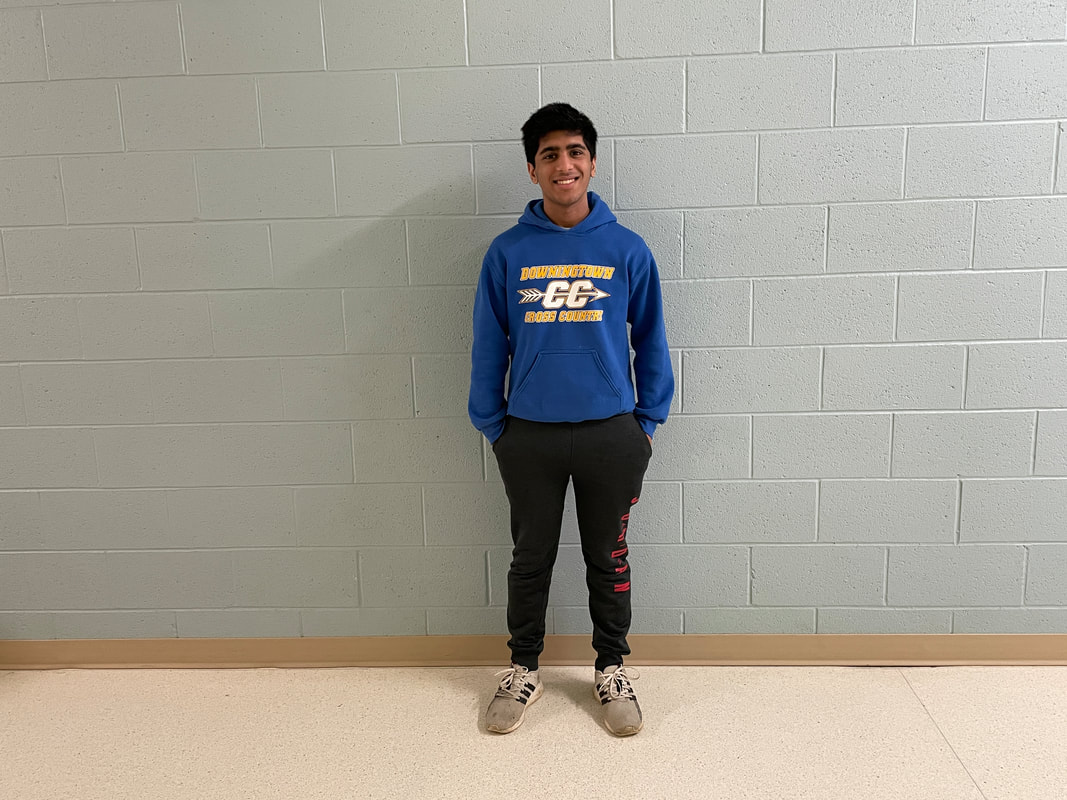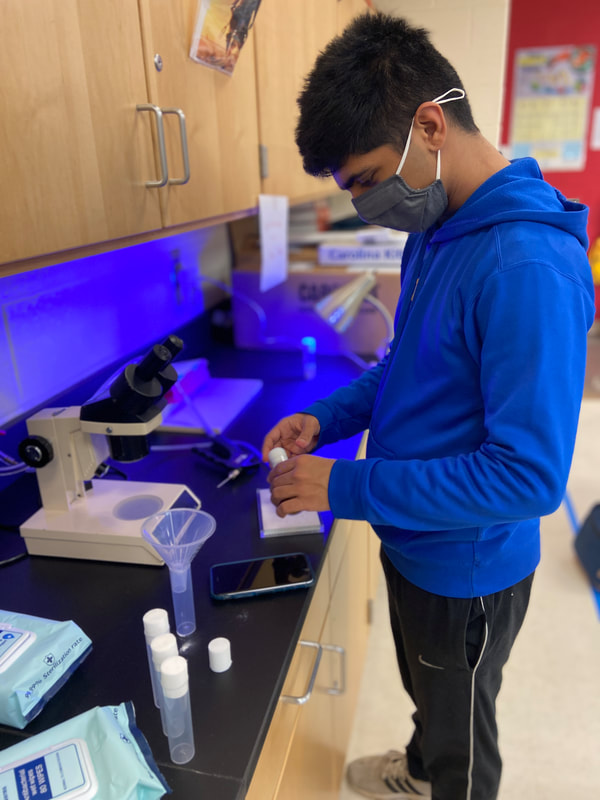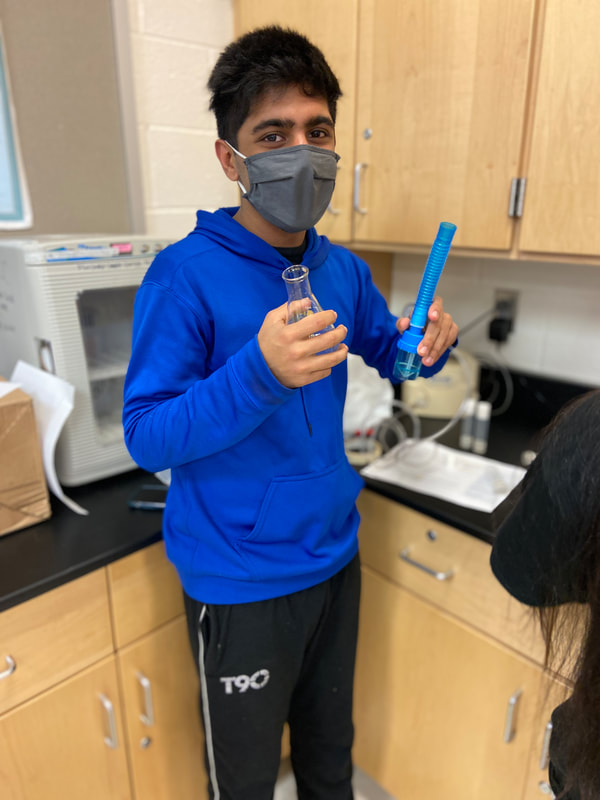|
It’s been a while since my last blog, and you’re probably dying to ask: what’s up with Arnav? Well, I’m here to tell you just that!  As I talked about in the first blog, I testedthe effects of valerian (a perennial flowering plant) and high temperature on anxiety for my initial experiment. To do this, I set up four different vials, each with different experimental conditions, and did the Open Field Test assay on the flies treated. Aside from once again staring at fly butts to sort males and females, I was introduced to so many new procedures and experiences in the lab. I learned how to stress the flies (...until they all died in the incubator), read and follow an assay, use ImageJ software for data analysis, present my findings, and so much more! Although presenting in front of people whom I had only met a couple weeks ago was a little intimidating at first, I’ve become very close with my TRIP family and the feedback I’ve received on my presentation and experiments have helped me in the lab and outside of it, too! I’m super excited for future presentations at TRIP. After finishing this project, we were tasked to come up with an idea for our independent projects. If you know me, you probably know that I take forever for decisions… and this was the case with my project proposal! Having multiple medical conditions that have affected me in the past (and present), I initially thought about testing allergies, asthma, and eczema by drugging flies with the medications that I used. Obviously, I couldn’t test every single one of these conditions in the lab time that I have, so I decided to go with asthma, because it’s the one that most severely affects me and would be something new/interesting to design and test in the lab. I wanted to test anxiety, because usually after I use a strong inhaler or a nebulizer, I feel a bit jittery and anxious. Currently, my experimental question is: What are the short-term and long-term effects of levosalbutamol, budesonide-formoterol, and budesonide on anxiety? How do these bronchodilators affect adult viability? With some help from Dr. Purdy and Dr. Leystra, I was able to devise a plan to have the flies inhale the three types of nebulizer medicine which are outlined in my research question. Although this planning took me an extra TRIP session, cutting into my independent project time, I think that it was 100% worth it and necessary to take this time in the beginning of the process. Drug calculations were a bit of a horror story, but I was able to use solutions and dilutions formulas to obtain drug stocks for the fly dosage of inhalation medicine. My setup, which takes place in the chemical hood, includes the nebulizer machine (which converts the liquid medicine to a gas), tubing, some more pipes, parafilm, beakers, the drug itself, and of course—flies! After some more planning and practice with exposing the flies to the gases, I finally was able to start my project. On the second day of independent projects, I wasn’t expecting to almost completely rework my weekly plan. But, reordering a couple tasks helped me prioritize, manage, and structure my time in the lab as efficiently as possible. I started by making agar plates for the Open Field Test. While I waited for the agar to solidify, I drugged my control flies. I then went back and set up the rest of the assay but once again hurried over to the hood to drug my next set of flies. Then, I tested the first flies in enough time to begin exposing the third vial right after. And the process repeated until after all of my tests were complete...which is when I had to sort the flies :) I’m honestly not sure if it was tennis tryouts or those four-and-a-half hours in the TRIP lab, but wow my legs are sore! I’ve had a blast so far in the lab with my friends and TRIP mentors, and I’m very grateful for everyone who made TRIP possible this year. I can’t wait for next Saturday, and I’ll keep you updated in my next blog!
0 Comments
Your comment will be posted after it is approved.
Leave a Reply. |
Archives
April 2024
Categories
All
|







 RSS Feed
RSS Feed